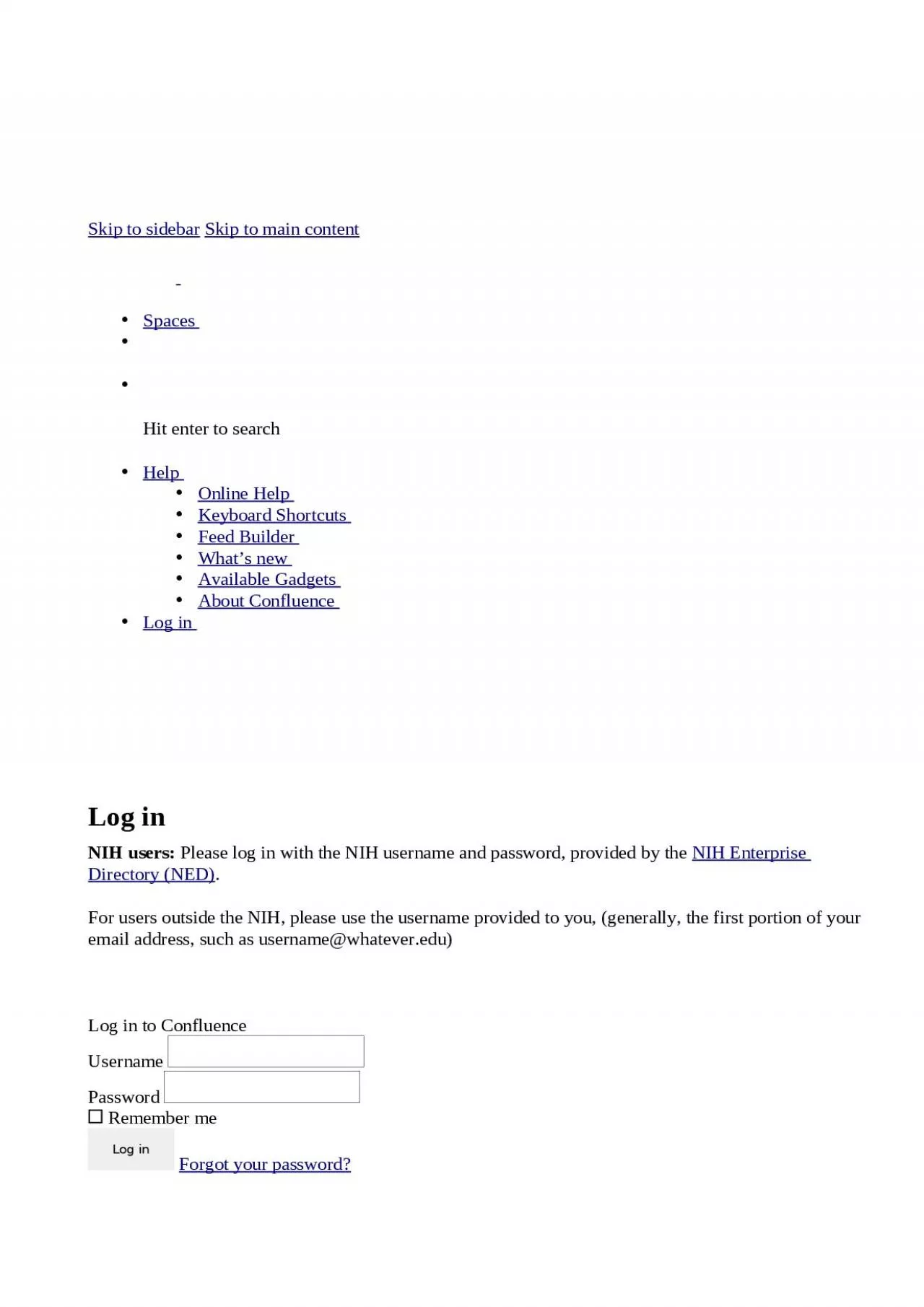

Chelsi Flippo MD Pediatric Endocrinology Fellow November 12 2020 Pit1 POU1F1 Pit1 POU1F1 Pit1 POU1F1 Pit1 POU1F1 Pit1 POU1F1 Septo optic dysplasia MPHD HESX1 MPHD limited neck rotation SN deafness ID: 1006538
Download Presentation The PPT/PDF document "Board Review: Pituitary/Hypothalamus" is the property of its rightful owner. Permission is granted to download and print the materials on this web site for personal, non-commercial use only, and to display it on your personal computer provided you do not modify the materials and that you retain all copyright notices contained in the materials. By downloading content from our website, you accept the terms of this agreement.
1. Board Review: Pituitary/HypothalamusChelsi Flippo, M.D.Pediatric Endocrinology FellowNovember 12, 2020
2.
3.
4. Pit-1 = POU1F1
5. Pit-1 = POU1F1
6. Pit-1 = POU1F1
7. Pit-1 = POU1F1
8. Pit-1 = POU1F1
9. Septo-optic dysplasia + MPHD: HESX1MPHD + limited neck rotation + SN deafness: LHX3Eye, tooth, umbilical cord, and pituitary anomalies: PITX2Isolated ACTH deficiency: T-PIT (TBX19)
10. Septo-optic dysplasia + MPHD: HESX1MPHD + limited neck rotation + SN deafness: LHX3Eye, tooth, umbilical cord, and pituitary anomalies: PITX2Isolated ACTH deficiency: T-PIT (TBX19)
11. Septo-optic dysplasia + MPHD: HESX1MPHD + limited neck rotation + SN deafness: LHX3Eye, tooth, umbilical cord, and pituitary anomalies: PITX2Isolated ACTH deficiency: T-PIT (TBX19)
12. Septo-optic dysplasia + MPHD: HESX1MPHD + limited neck rotation + SN deafness: LHX3Eye, tooth, umbilical cord, and pituitary anomalies: PITX2Isolated ACTH deficiency: T-PIT (TBX19)
13. Septo-optic dysplasia + MPHD: HESX1MPHD + limited neck rotation + SN deafness: LHX3Eye, tooth, umbilical cord, and pituitary anomalies: PITX2Isolated ACTH deficiency: T-PIT (TBX19)
14. Short peptides: TRH, CRH, GHRH, GnRH, somatostatin, PRP, ACTH, AVP, oxytocinProteins: GH, PRLGlycoproteins: LH, FSH, TSH
15.
16.
17.
18.
19.
20.
21.
22. Malarkey, et al. Amer J Med, 1980.
23. 0.0
24.
25.
26. Insulin Tolerance Test0.1-0.15 units/kg via IVMeasure cortisol, GH, and glucose at 0, 15, 30, 45, 60, 90, and 120 min. Hypoglycemia induces GH and cortisol secretionPeak GH > 5 μg/L for adultsPeak GH >7-10 for childrenPeak Cortisol > 18 µg/dL
27. You are referred a 2-year-old boy for evaluation of failure to thrive. He was the product of a twin delivery at 36 weeks’ gestation and weighed 3.0 kg at birth. He had frequent cyanotic spells with feeds during the neonatal period, but a barium swallow showed no significant nasopharyngeal reflux or aspiration. He has been otherwise healthy but has developmental delay: he crawled at 12 months and is starting to stand alone but is not walking at 2 years. He cut his first tooth at 12 months, which was noted to be a single central incisor. You suspect he is deficient in a pituitary hormone.Of the following, the PRIMARY site of entry into the bloodstream of the hormones that regulate this pituitary hormone is A. capillary plexus in median eminenceB. primary plexus leading to inferior hypophyseal veinsC. secondary plexus of hypophyseal portal veinsD. venous plexus leading to petrosal sinuses
28. Correct Answer: A. Capillary plexus in median eminenceHypothalamic-pituitary portal venous systemhypothalamic hormones released into primary capillary plexus empties into portal venous circulation transports hypothalamic hormones down pituitary stalk to a secondary capillary plexus in the anterior pituitaryAVP and oxytocin synthesized in magnocellular hypothalamic neurons and released from nerve terminals in posterior pituitary inferior hypophyseal veinCongenital hypopituitarism – may present with midline abnormalitiesGHD - most common hormone deficiency in hypopituitarism
29. Thank you!
30. Transcription FactorInheritanceHormone DeficienciesMRI findingsOther featuresPOU1F1 (PIT-1)AR, ADGH, TSH, PRLAnt. pit. hypoplasiaNo midline abnormalitiesPROP1ARGH, TSH, LH, FSH, PRL, ACTH Ant. pit. hypoplasia, normal or enlarged pituitaryMay show transient AP hyperplasiaHESX1AR, ADIGHD, CPHDAnt. pit. Hypoplasia or enlargement, pituitary stalk hypoplasia, or agenesis of corpus callosumSepto-optic dysplasiaLHX3ARGH, TSH, LH, FSH, PRL, variable ACTH Hypoplastic/Enlarged/Normal Ant. pit.Limited neck rotation, short cervical spine, sensorineural deafnessLHX4ADGH, TSH, ACTH, variable LH/FSHAnt. pit. hypoplasia or enlargement, pituitary stalk hypoplasiaCerebellar abnormalitiesSOX2AD (de novo)LH, FSH, variable GHAnt. pit. hypoplasiaAn-/microphthalmia, esophageal atresia, genital tract abnormalities, hypothalamic hamartoma, sensorineural hearing loss, diplegiaSOX3XLIGHD, CPHDHypoplastic or enlarged ant. pit. , pituitary stalk hypoplasiaIntellectual DisabilityOTX2ADIGHD, CPHDHypoplastic/Enlarged/Normal Ant. pit. , pituitary stalk hypoplasiaBilateral anophthalmia, bilateral severe microphthalmia, chiari malformationTBX19 (T-PIT)ARACTHNormalNeonatal hypoglycemiaPC1ARACTH, LH, FSHNormalHypoglycemia, ObesityDAX-1XLLH, FSHNormal Adrenal Hypoplasia CongenitaGH1AR, ADGH